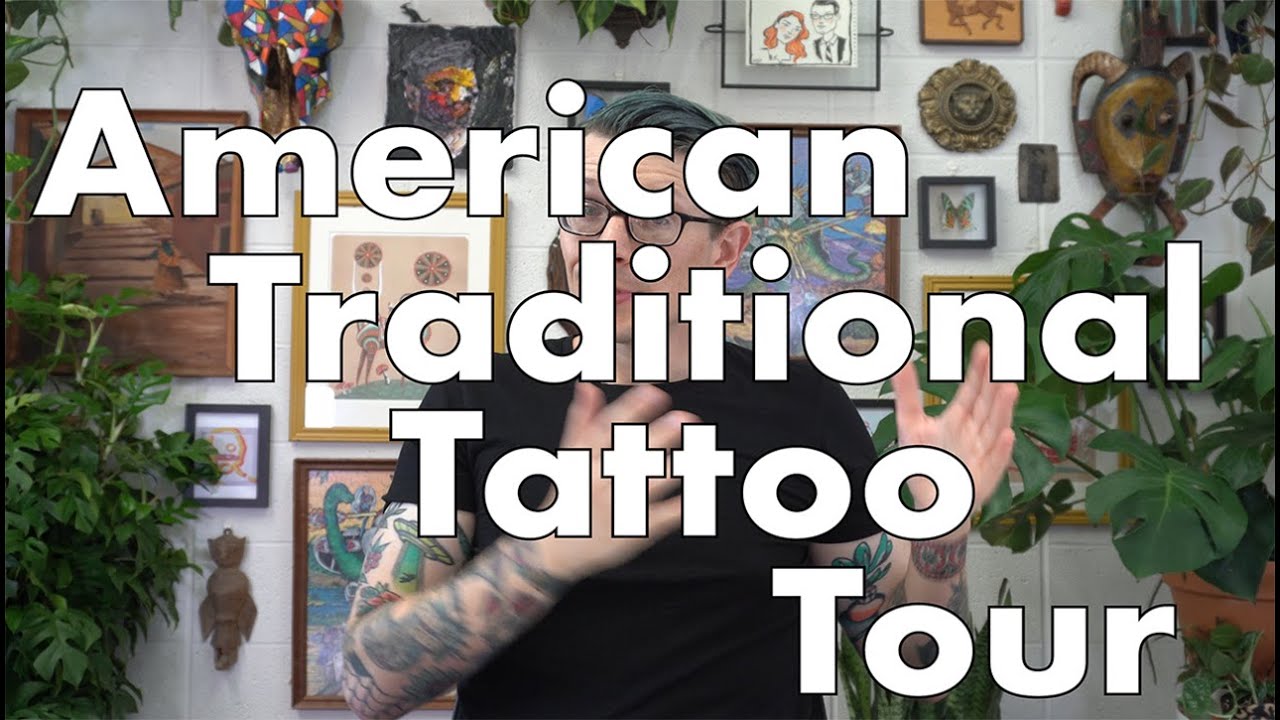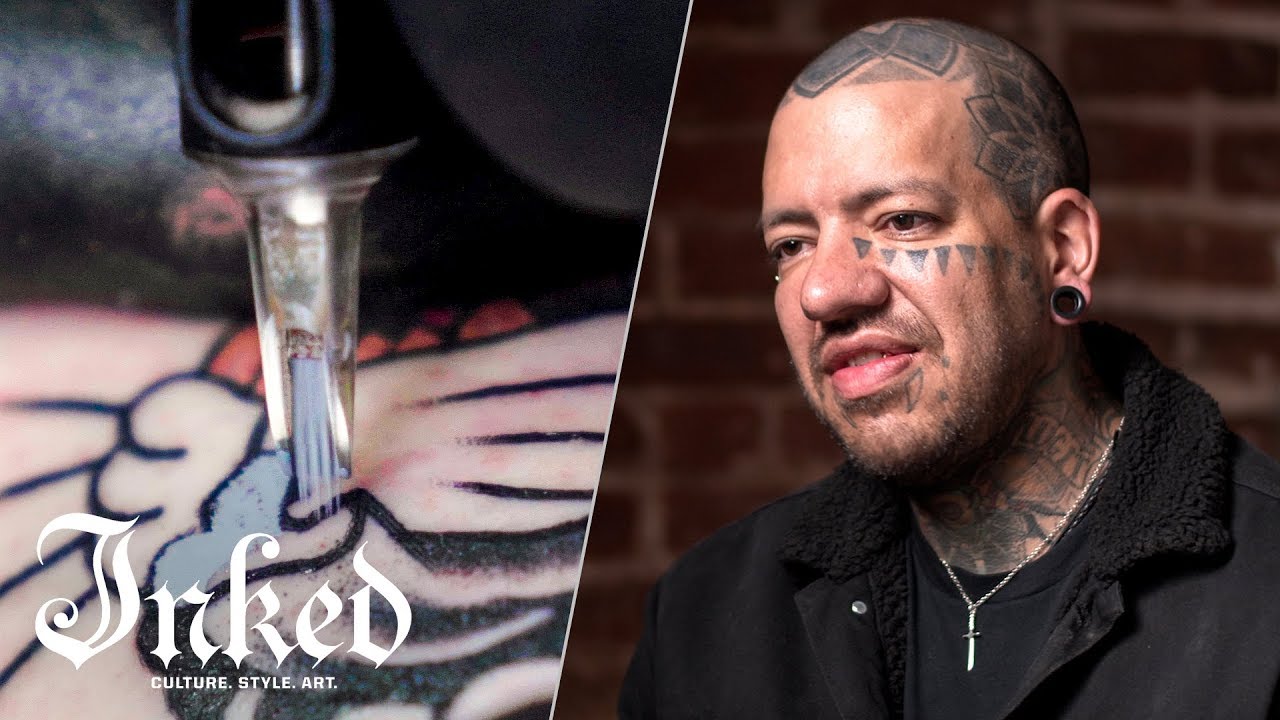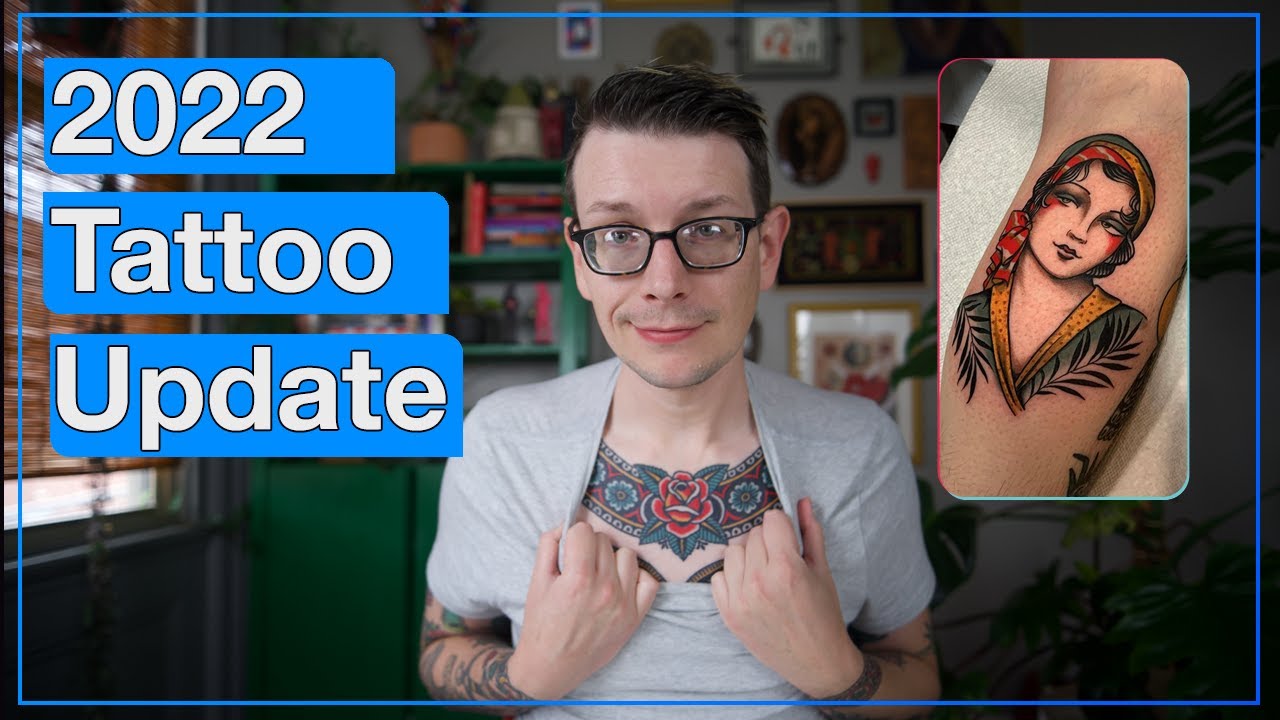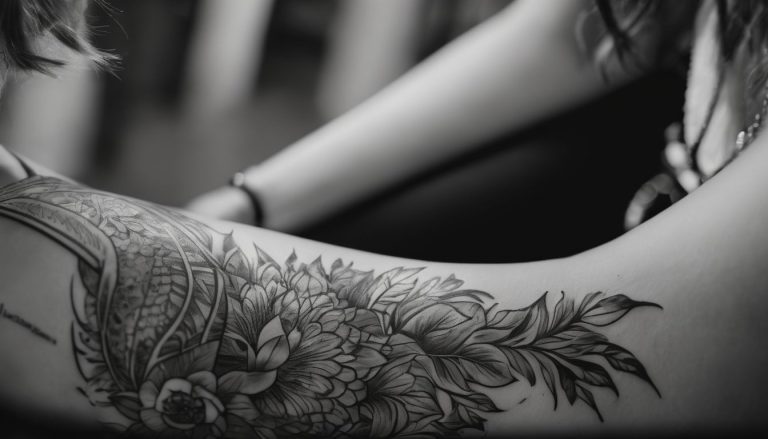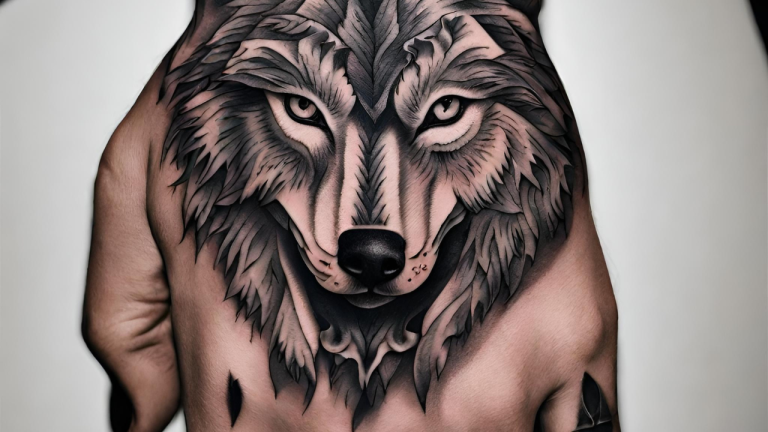Exploring the Rich History and Meaning of American Style Tattoos
Create your own unique tattoos and art for your home
Tattoos tell stories on our skin. They’ve been around for ages, marking sailors and rebels with vivid artwork. Our blog unveils the colorful past of American-style tattoos and their meanings to guide your ink journey.
Let’s dive into this artful history!
Key Takeaways
- American traditional tattoos originated in the early 20th century, combining nautical and military imagery with cultural influences from Native American and Asian art.
- Key pioneers like Norman “Sailor Jerry” Collins and Amund Dietzel helped shape this iconic style with their bold lines and limited color palettes.
- Classic motifs such as roses, anchors, eagles, and hearts carry rich symbolic meanings of love, strength, freedom, and stability in American traditional tattoos.
- Modern interpretations of traditional tattoos blend old-school elements with contemporary styles like illustrative, blackwork, neo-traditional, and watercolor techniques.
- Personalization plays a crucial role in traditional tattoos today; they serve as expressive pieces that reflect individual stories while maintaining classic symbolism.
History of American Traditional Tattoos
American traditional tattoos have a rich history that dates back to the 19th and 20th centuries, influenced by different cultural elements including Native American and Japanese tattooing.
Founding artists like Norman Collins, also known as Sailor Jerry, played a significant role in shaping the style with bold lines and limited color palettes.
Origins and cultural influences
The seeds of traditional American tattoos were planted in the early 20th century, drawing heavily on nautical and military themes. Sailors embarked on faraway voyages and brought back images from different cultures, infusing them into the growing tattoo tradition.
These bold line tattoos often symbolized experiences or milestones, such as crossing oceans or surviving battles.
Artists like Norman ‘Sailor Jerry’ Collins blended these influences with their own creativity to craft a distinct style known for its vibrant colors and limited color palette. Icons like swallows, hearts, daggers, and flags soon became staples of this art form.
Cultural elements from Native American imagery to Asian accents also weaved their way into these designs, showcasing America’s melting pot heritage through skin art that stood defiantly against mainstream norms.
Founding artists and styles
American traditional tattoos were popularized by influential artists who laid the foundation for this iconic style.
- Norman “Sailor Jerry” Collins is a pivotal figure known for his bold, classic designs and contributions to shaping American traditional tattooing.
- Amund Dietzel, a Norwegian immigrant, is credited as one of the earliest artists to introduce classic American tattoo motifs such as eagles and anchors.
- Cap Coleman, an innovative artist, added his touch to American traditional tattoos by incorporating vibrant colors and intricate line work into his designs.
- Bert Grimm, another prominent figure in the history of American traditional tattoos, contributed to the development of nautical and patriotic themes within the style.
- Traditional styles like those found in Chicago and San Francisco heavily influenced the growth of American traditional tattooing throughout the early 20th century.
Traditional Tattoo Techniques and Motifs
Traditional American tattoos are known for their bold outlines and limited color palettes, with classic motifs such as anchors, roses, eagles, and pin-up girls. Flash sheets were used by traditional tattoo artists as a reference for these iconic designs.
Flash and traditional motifs
American traditional tattoos, also known as Old School or Western tattoos, feature iconic motifs such as roses, anchors, and eagles. These classic designs hold deep symbolic meanings that have transcended generations.
The limited color palette and bold outlines of these motifs remain a staple of American traditional tattooing, creating a timeless aesthetic that continues to resonate with enthusiasts today.
Norman ‘Sailor Jerry’ Collins is often credited with popularizing these flash and traditional motifs through his influential work in the early 20th century. His impact on American tattoo culture solidified the enduring appeal of these timeless symbols, making them an integral part of the rich history and meaning behind classic American tattoos.
Popular symbol meanings
After familiarizing ourselves with flash and traditional motifs, it’s important to delve into the popular symbol meanings associated with American traditional tattoos. Understanding the symbolism behind these classic designs adds depth to their cultural significance. The following are some of the popular symbol meanings in American traditional tattoos:
- Roses: Symbolizing love, balance, and new beginnings, roses are a timeless motif in American traditional tattoos.
- Anchors: Representing stability and strength, anchors are often inked to symbolize steadfastness and personal grounding.
- Swallows: Known for their association with travel and returning home safely, swallows are a symbol of hope and resilience.
- Eagles: As a national emblem of freedom and courage, eagles are commonly depicted in American traditional tattoos to signify power and patriotism.
- Daggers: Often representing protection or defense, daggers carry symbolic meanings of bravery and self-preservation.
- Hearts: Symbolizing love, passion, and devotion, hearts are a prevalent motif in American traditional tattoos denoting affection and commitment.
- Nautical Stars: A symbol of guidance and safe journeys, nautical stars hold significant meaning in navigating life’s paths.
- Ships: Reflecting adventure and perseverance through tumultuous waters, ship motifs convey resilience and exploration.
- Skulls: Often symbolizing mortality or remembrance of loved ones, skulls represent mortality as an integral part of life’s journey while signifying remembrance.
- Snakes: Portraying rebirth or transformation due to shedding skin, snakes embody renewal and adaptation in challenging times.
Contemporary American Traditional Tattoos
Contemporary American traditional tattoos have evolved to incorporate a variety of styles and techniques while still maintaining the bold, colorful, and illustrative elements of their predecessors.
These modern renditions continue to influence and shape the world of tattooing today.
Styles and techniques
American traditional tattoos are known for their bold outlines, limited color palette, and iconic imagery. The style relies on strong, clean lines and vibrant colors to create timeless designs.
Traditional techniques often involve using solid black ink outlines filled with primary colors such as red, green, and yellow to achieve a classic look that stands the test of time.
Tattoo artists utilize specific shading methods to give depth and dimension to traditional motifs. Additionally, American traditional tattoos commonly feature iconic symbols like anchors, nautical stars, eagles, and roses.
Influence on modern tattooing
American traditional tattoos have significantly influenced modern tattooing, with their classic designs and bold outlines inspiring numerous contemporary styles. The timeless motifs and limited color palettes of American traditional tattoos have been integrated into various modern tattoo techniques.
This influence is evident in the enduring popularity of classic designs like anchors, roses, and eagles as well as the style’s emphasis on bold lines and vibrant colors. Additionally, contemporary tattoo artists often draw inspiration from the symbolism and cultural significance of American traditional tattoos to create new and innovative tattoo designs that pay homage to this iconic style.
This enduring impact has contributed to the preservation of traditional tattoo artistry while also catalyzing its evolution within modern tattoo culture. As a result, American traditional tattoos continue to play a vital role in shaping the diverse landscape of contemporary body art, demonstrating their lasting influence on evolving tattoo trends around the world.
Explore the Different Styles of American Traditional Tattoos
Discover the wide range of styles within American traditional tattoos, from illustrative to blackwork and neo-traditional. Each style offers a unique take on this iconic tattooing tradition.
Illustrative
Illustrative American traditional tattoos are characterized by their detailed and lifelike appearance, often depicting realistic imagery with intricate shading and fine lines. These tattoos showcase a high level of artistry and precision, capturing subjects such as portraits, animals, or natural landscapes with striking realism.
This style often incorporates elements of other tattooing techniques, blending realism with the bold outlines and color palette typical of traditional tattoos. Artists skillfully combine vibrant colors and shading to create depth and dimension within the designs, resulting in visually stunning works of body art that stand out for their intricacy.
Incorporating illustrative elements into American traditional tattoos adds a unique twist to classic designs while retaining the timeless appeal of traditional tattooing. This fusion allows for greater expression and creativity in representing various subjects while upholding the distinct aesthetic qualities that define American traditional tattoos.
Blackwork
Blackwork tattoos are characterized by bold black lines and solid areas of black ink. This style is known for its simplicity, using only black ink without any color or shading. Blackwork tattoos often feature intricate geometric patterns, ornamental designs, and illustrative imagery such as animals, plants, or symbols.
The origins of blackwork can be traced back to ancient tribal tattooing practices and have since been adapted into modern tattoo artistry. With its striking contrast and timeless appeal, blackwork has become a popular choice for those seeking bold and visually impactful body art.
The symbolic significance of blackwork tattoos lies in their stark contrast and compelling visual impact. The boldness of the solid dark lines signifies strength, confidence, and resilience.
Neo-traditional
Neo-traditional tattoos are a modern take on the classic American traditional style. They incorporate more intricate details and shading, blending elements of realism with traditional imagery.
This style often features a wider color palette and incorporates contemporary subject matter while still maintaining the bold outlines and visual impact characteristic of traditional tattoos.
Neo-traditional designs often include vibrant florals, animals, and fantasy themes, bringing a fresh and dynamic twist to the timeless traditions of American tattooing.
Incorporating influences from various art forms such as illustration, graffiti, and pop culture references, neo-traditional tattoos have become increasingly popular among those seeking a blend of classic tattoo aesthetics with more artistic expression.
Watercolor
Watercolor tattoos are a contemporary take on the traditional American style, incorporating soft, blended colors and delicate brush strokes to create a unique aesthetic. These tattoos often feature a limited color palette with ethereal shades that mimic watercolor paintings.
By blending different hues seamlessly, tattoo artists achieve a dreamy, artistic effect that sets these designs apart from traditional bold outlines and solid coloring techniques. The fluidity of watercolor tattoos allows for more nuanced and intricate designs while maintaining the symbolic elements characteristic of American traditional tattoos.
Tattoo artists use the watercolor technique to imbue classic motifs like roses, anchors, and eagles with a softer, more whimsical appearance. This modern approach has attracted individuals seeking both timeless symbolism and an artistic edge in their body art.
The Rich Symbolism and Meaning Behind American Traditional Tattoos
Explore the common themes and their significance, as well as how traditional tattoos can be personalized to hold deep personal symbolism. Delve into the rich history and meaning behind American style tattoos to gain a deeper understanding of this timeless art form.
Common themes and their significance
American traditional tattoos often feature classic designs such as roses, anchors, and eagles, each with its own symbolic meaning. These designs play a significant role in the history and culture of American traditional tattoos. The following common themes hold deep significance in the world of American traditional tattoos:
- Roses: Representing love, beauty, and strength, roses are a popular motif in traditional tattoos. They symbolize passion and courage.
- Anchors: Symbolizing stability and hope, anchors are emblematic of a steadfast spirit and resilience in the face of adversity.
- Eagles: As a symbol of freedom and power, eagles hold great significance in American traditional tattoos, representing independence and strength.
- Nautical imagery: Often seen in traditional tattoos, nautical elements such as ships, compasses, and lighthouses represent guidance, exploration, and adventure.
- Military motifs: Embodying honor and sacrifice, military-themed symbols like swords, helmets, or patriotic emblems pay homage to those who have served their country.
Personalization and symbolism in traditional tattoos
Moving from common themes and their significance, the personalization and symbolism in traditional tattoos add depth to each piece. Each tattoo is customized to reflect an individual’s personal experiences, beliefs, or cultural heritage.
This level of personalization allows for a deeper connection between the wearer and their ink, making it more than just body art.
The symbolism in traditional tattoos serves as a visual language with universal meanings that can convey messages about the wearer’s life journey, values, or aspirations. From recognizable symbols such as anchors representing stability and strength to roses symbolizing love and beauty, each element holds its own significance.
Conclusion
In conclusion, American traditional tattoos have a rich history dating back to the early 1900s. These iconic tattoos have evolved into a significant cultural art form known for clean black outlines and vivid colors.
Their symbolic importance and influence from American and nautical imagery make them an integral part of tattooing culture today. Embraced and celebrated in various cities, these timeless designs continue to captivate individuals with their deep-rooted meanings.
The significance of American traditional tattoos lies not only in their visual appeal but also in the stories and symbolism they represent.
FAQs
1. What are Old School American tattoos?
Old school American tattoos, also known as traditional or vintage American tattoos, feature bold outlines and a limited color palette, and are rich with history and symbolism.
2. Who was Norman Collins in the tattoo world?
Norman Collins, famously known as Sailor Jerry, was a prominent tattoo artist whose work helped shape the style of Western traditional tattoos.
3. What do classic tattoo motifs represent?
Classic tattoo motifs from old school tattoos often carry meanings that reflect values like bravery, love, and freedom; each design is packed with its own unique symbolism.
4. How did traditional American tattoo styles start?
Traditional American tattoo styles started with sailors and soldiers who got inked to symbolize their experiences or to carry good luck charms; this formed the roots of what we know as vintage American tattoos today.
5. Can you explain more about the meanings behind an American style tattoo?
Every American style tattoo has its own meaning that can signify anything from important life events to personal beliefs or even connections to certain groups; these symbols tell stories through their iconic designs.


